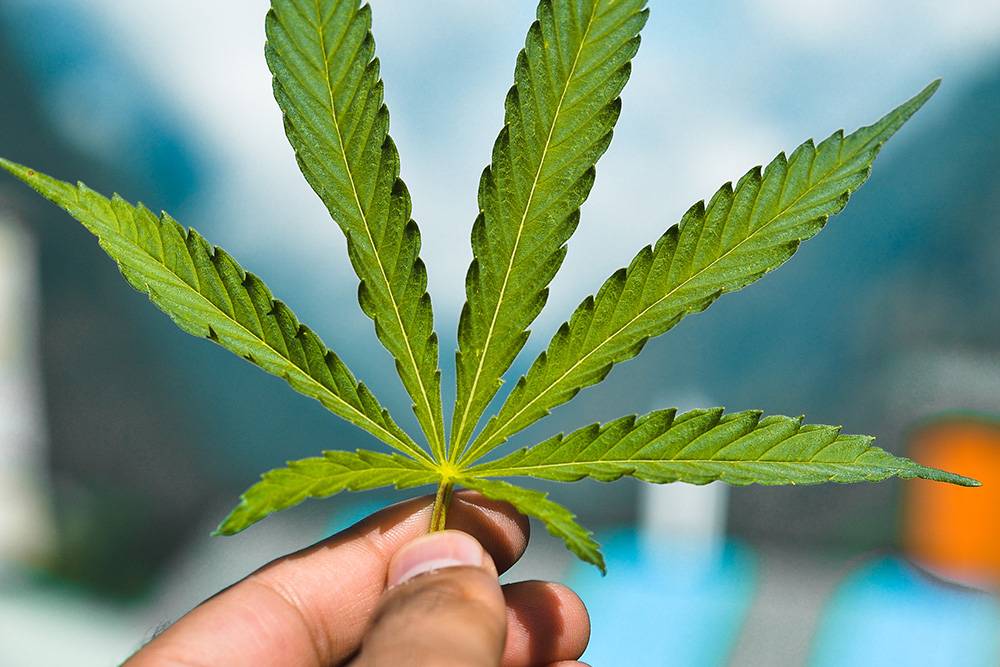
Hemp and jute are excellent natural and environmentally friendly fibers, especially for clothing. They reduce the water and carbon footprint of our wardrobe and allow a more conscious lifestyle.
Hemp and jute fibers are strong, durable, and sustainable. Hemp is slightly stronger than jute with an average tensile strength of 250 MPa compared to 200 MPa for jute.
The properties of natural plant-based fibers are well-documented today with extensive research. However, the strength of natural fibers depends on a lot of factors, such as purity, humidity, diameter, testing method, treatment, and more.
Hemp and jute offer many advantages to the fashion world. As sustainability gains traction in the fashion world, the demand for these ecological fibers is bound to rise.
They are biodegradable, compostable, and recyclable. They are also some of the cheapest and fast-growing fibers in the world. They give apparel, footwear, and accessories a natural look and feel.
Jute is the most widely used natural material after cotton in various applications. However, hemp usage remains limited because of its bad reputation. Let's compare hemp with jute further.
Panaprium is independent and reader supported. If you buy something through our link, we may earn a commission. If you can, please support us on a monthly basis. It takes less than a minute to set up, and you will be making a big impact every single month. Thank you!
Natural jute fibers

Fashion designers and brands are slowly adopting jute for their new collections. It's a very sustainable material and the longest natural fiber.
Jute fiber is collected from the bast or skin of plants, just like other natural fibers. It's harvested in single long strings, 1 to 4 meters long with a diameter from 17 to 20 microns.
The most common varieties of jute are Corchorus olitorius (Tossa jute) and Corchorus capsularis (White jute). Jute has
Jute is mainly made of cellulose and lignin, the principal components of plant and wood fiber respectively.
Jute fibers are mostly used in East Asian countries like China, India, Pakistan, and Bangladesh. They aren't very popular in the western world in comparison.
99% of all jute production worldwide takes place in these countries. India is the largest producer of jute globally with about 1.95 million tons produced in 2018, followed by Bangladesh (1.61 million tons) and China (30,497 tons), according to the Food and Agriculture Organization of the United Nations (FAO).
Jute is very versatile and widely used for bags, packaging, luggage, wallets, filters, geotextiles, decorative items, home furnishings, cordage, and clothing.
Jute is a great option to make reusable bags instead of plastic bags. But its demand is relatively low in western countries as jute is still more expensive to produce than plastic.
Jute has an overall very low environmental impact. Jute plants generally grow with rainfalls without additional irrigation water, man-made pesticides, or fertilizers.
The Higg Sustainable Material Index (MSI) gives jute a total impact score of 60, which is much lower than 90 for cotton. Its water scarcity score is 5.5, almost 10 times lower than 50.4 for cotton.
Jute plants also have a high crop yield and growth efficiency. They absorb tons of carbon dioxide from the atmosphere and release more oxygen than most trees.
One hectare of jute plants can absorb up to 15 tons of carbon dioxide and release 11 tons of oxygen over 120 days during the growing season between April and August.
Jute farming also improves soil quality and fertility for future crops, such as rice, which is regularly grown in the same area.
Jute plants take near about 3-4 months to grow a height of 12-15 feet in the field during the growing season.
The physical properties of hemp and jute are very similar. A recent study by the Mechanical Engineering Department of the Vishwakarma Institute of Information Technology in Pune, India highlights the following tensile strength of natural jute and hemp fibers:
- 108 MPa for jute fibers with a diameter of 0.60 mm
- 192.26 MPa for hemp fibers with a diameter of 0.35 mm

Jute and hemp fibers are also commonly blended with other natural or synthetic fibers which enhances their qualities but makes them difficult to recycle.
A comparison between a jute-epoxy blend and a hemp-epoxy blend reveals that hemp is slightly stronger than jute with a tensile strength of 75.14 MPa higher than 58.03 MPa for jute.

The jute fiber is one of the strongest lignocellulosic fibers. It has an inverse strength dependence with its diameter, like other lignocellulosic fibers. Thinner jute fibers are comparatively stronger.
The Federal University of Rio de Janeiro confirms in an extensive research publication the inverse dependence between the jute fiber tensile strength and the corresponding fiber diameter with a Weibull statistical analysis.
Jute fibers with a diameter interval between 0.06 mm and 0.08 mm demonstrate an average tensile strength of 201.9 MPa.

Hemp fiber strength

Hemp fibers are harvested annually from a natural and renewable resource, hemp plants, which grow in temperate climates, and on a large variety of soils, almost like corn.
Industrial hemp farming remains a very small industry. The annual production of hemp fibers was 60,657 tons in 2018 globally, according to the FAO.
That number is very low compared to the amount of cotton (30,3 million tons), jute (3,63 million tons), and flax fibers (868,000 tons) produced annually.
The biggest producer of hemp tow worldwide is North Korea with 14,891 tons produced in 2018, followed by the Netherlands, China, and Italy.
There is only a very small amount of hemp produced in the United States currently since the plant was banned in the 1930s.
Clothes made of hemp have a very low environmental impact. Hemp is not only very absorbent, lightweight, versatile, resistant, and breathable but also one of the most environmentally friendly fibers in the world.
Hemp plants have a very high yield and require little water to grow. They usually grow with almost no pesticides or fertilizers. Hemp textiles are natural, bio-based, and biodegradable.
Hemp is also one of the fastest-growing crops in the world. Hemp reaches maturity in only up to 4 months while being naturally pest resistant and protecting soils from toxins and erosion.
Hemp clothing isn't more popular because of its bad reputation. People have a hard time understanding the distinction between hemp and marijuana.
The hemp plant is a very distinct variety of the cannabis plant. Hemp and marijuana are cousins but aren't the same. Hemp contains almost no delta-9-Tetrahydrocannabinol (THC), the active ingredient in marijuana.
Hemp fabric is very strong and durable. It makes great clothes and shoes but also industrial textiles, paper, bioplastics, insulation, biofuel, cordage, and cables.
Hemp holds its strength when wet, unlike cotton. It's three to eight times stronger than cotton depending on its processing.
The Swansea University on the south coast of Wales recently concluded a study in Physical and Mechanical Properties of Hemp Fibres. Hemp fibers have very good properties but also high variability.
Hemp tensile strength properties are dependent on the diameters of the fibers. As the fiber diameter decreases, the number of flaws in the fibers also decreases.

Hemp fibers evaluated in the study with a mean diameter of 0.067 mm have an average tensile strength of 277 MPa.
The results coincide with perhaps the most extensive study on tensile properties of hemp fibers undertaken by the University of Toronto in 2003, which concluded that hemp fibers with a 0.066 mm diameter have an average tensile strength of 250 MPa.
Overall, hemp and jute are both strong, natural, and sustainable materials made from renewable resources. They are important in the fashion world and help protect the environment.
The global apparel and textile industry is still growing rapidly and the production of durable and environmentally friendly textiles in large quantities without damaging the planet is one of the biggest challenges.
Was this article helpful to you? Please tell us what you liked or didn't like in the comments below.
About the Author: Alex Assoune
What We're Up Against
Multinational corporations overproducing cheap products in the poorest countries.
Huge factories with sweatshop-like conditions underpaying workers.
Media conglomerates promoting unethical, unsustainable products.
Bad actors encouraging overconsumption through oblivious behavior.
- - - -
Thankfully, we've got our supporters, including you.
Panaprium is funded by readers like you who want to join us in our mission to make the world entirely sustainable.
If you can, please support us on a monthly basis. It takes less than a minute to set up, and you will be making a big impact every single month. Thank you.































0 comments